Weimar - Town of Goethe and Onion Ice Cream
Weimar is one of the largest cultural centers in Europe, a UNESCO World Heritage Site. German classicism was born here at the turn of XVIII-XIX centuries; great poets Goethe and Schiller wrote here, and composer Liszt and philosopher Nietzsche worked in Weimar. People visit the cozy town to explore the unique palaces and parks, sit at Goethe’s favorite pub, as well as taste the incredibly delicious onion cake at the onions fair that has been held in Weimar since the mid XVII century.
Cafes, bars and restaurants in Weimar
See all
Restaurants
All sights in WeimarSee all
Landmarks in the city Weimar
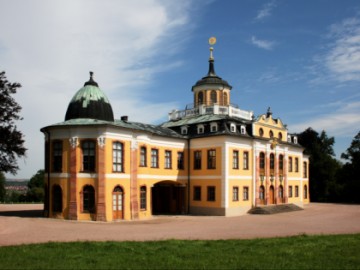
Belvedere Castle in Weimar
Museums and Exhibitions • Parks and recreation • Castles, Fortresses and Palaces
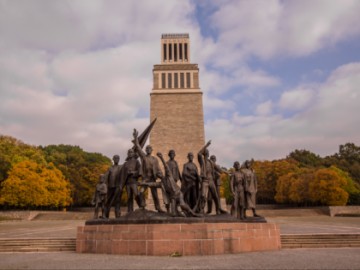
Buchenwald
Other places

Urban Castle
Museums and Exhibitions • Castles, Fortresses and Palaces
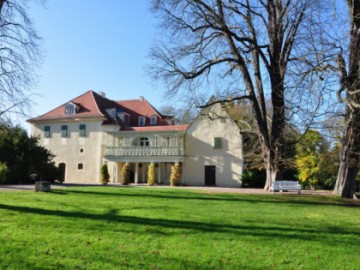
Tiefurt Castle in Weimar
Parks and recreation • Castles, Fortresses and Palaces

German National Theatre
Architectural Monuments

Schiller's House Museum in Weimar
Museums and Exhibitions
Nearby





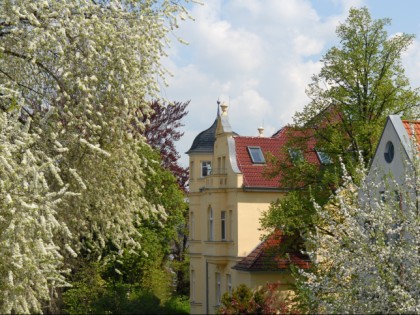


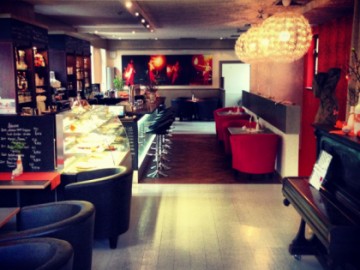


 Castles, Fortresses and Palaces
Castles, Fortresses and Palaces
 Parks and recreation
Parks and recreation
 Museums and Exhibitions
Museums and Exhibitions
 Architectural Monuments
Architectural Monuments
 Other places
Other places